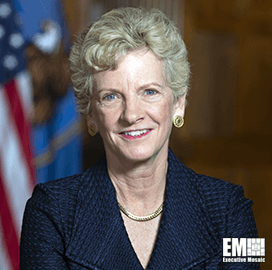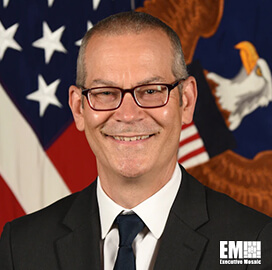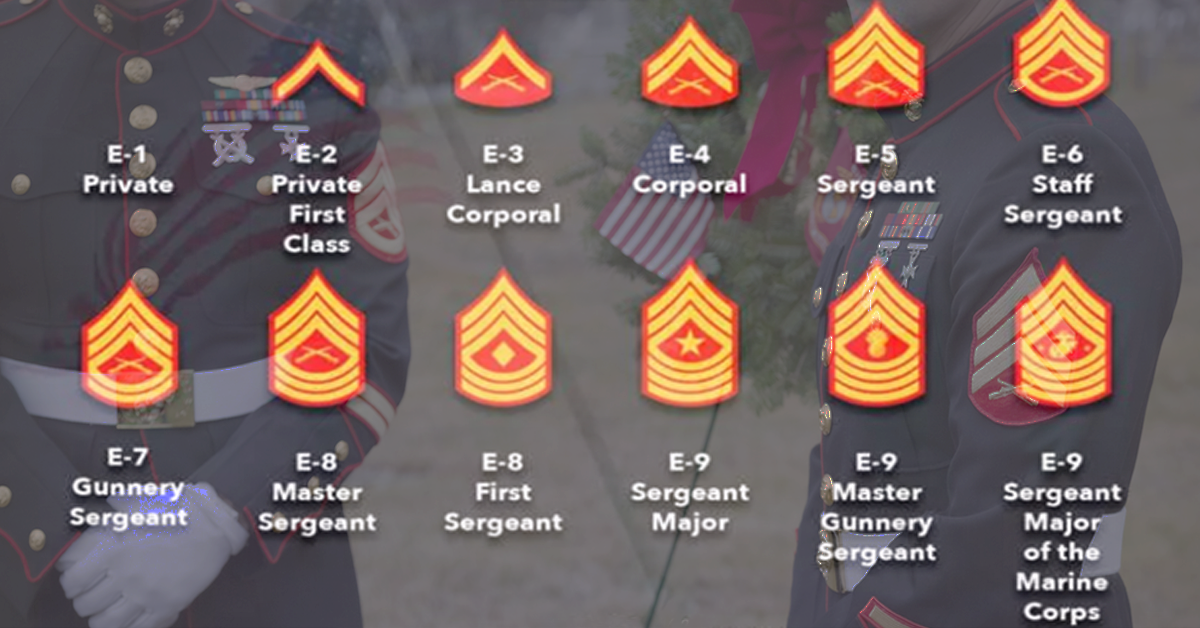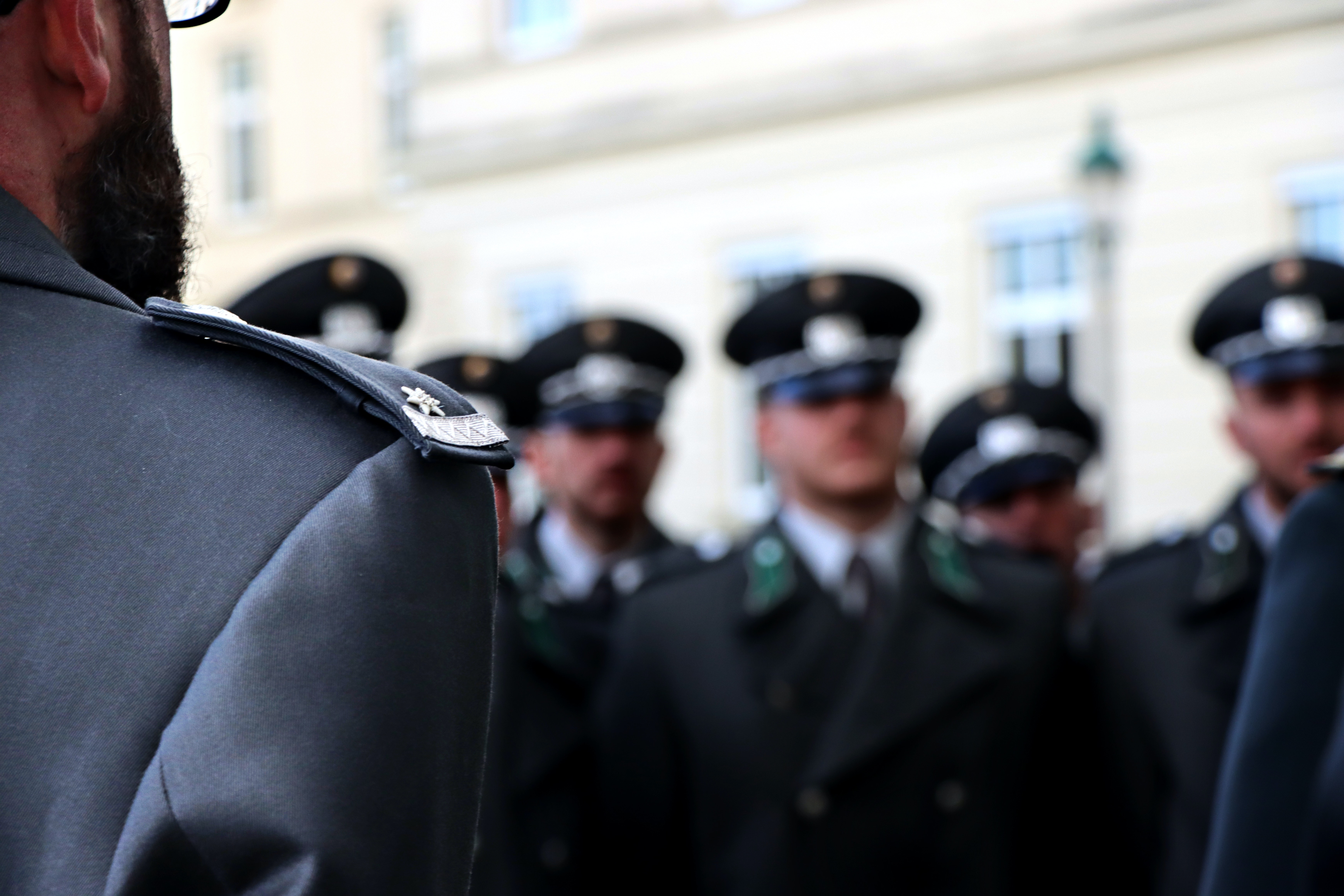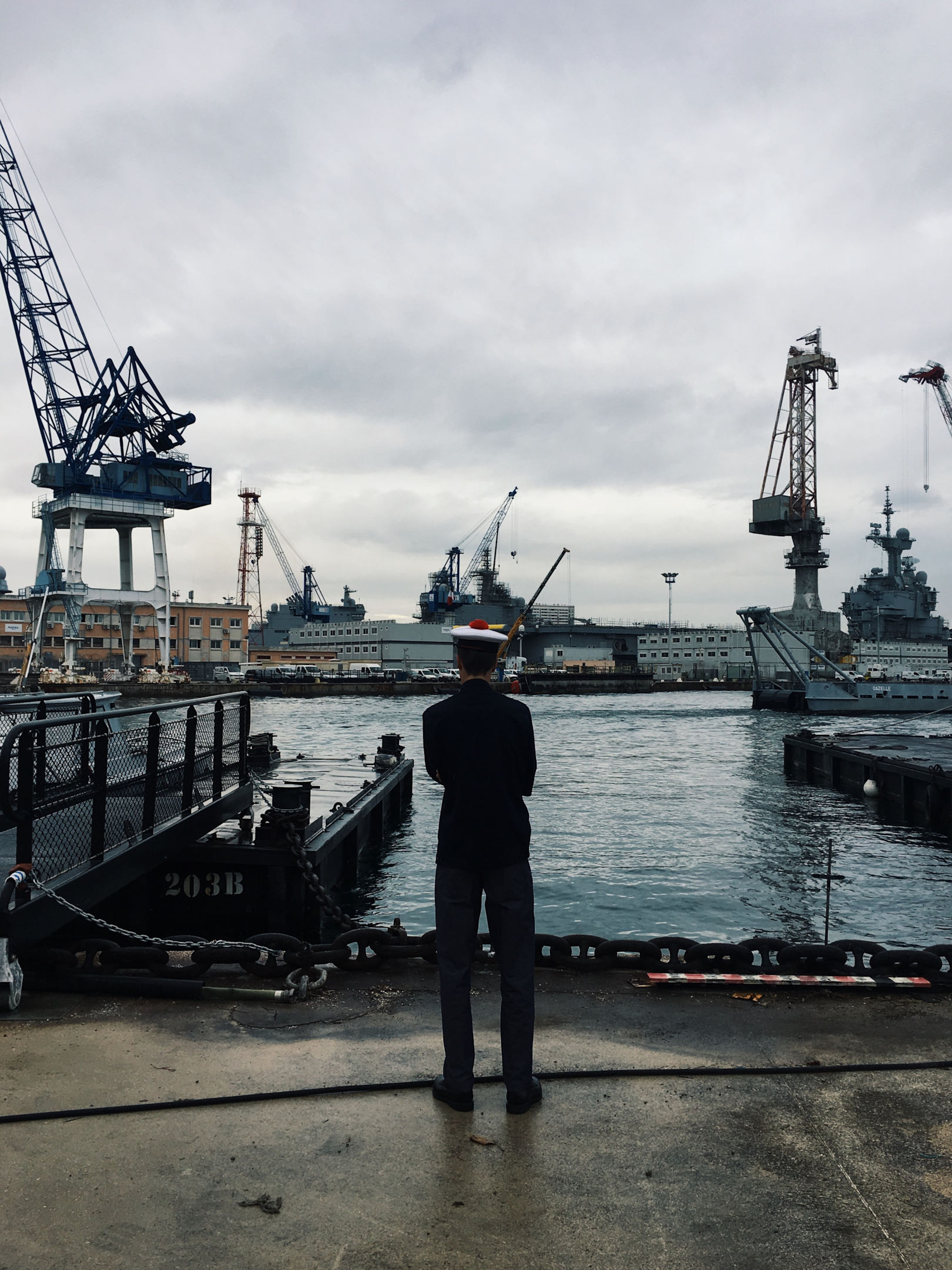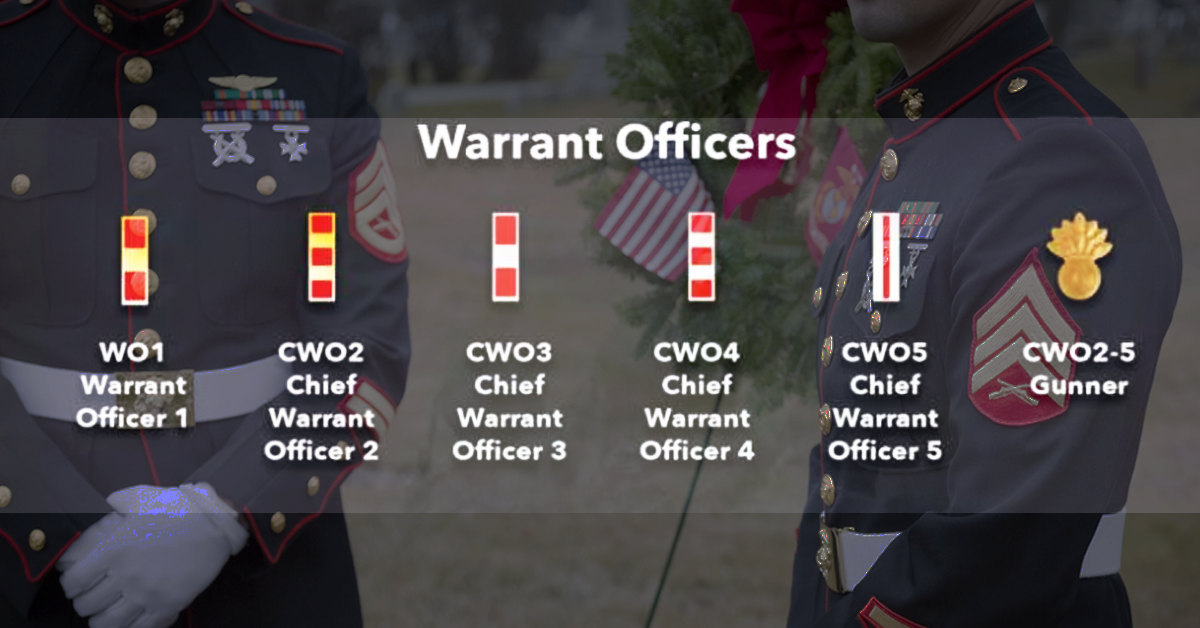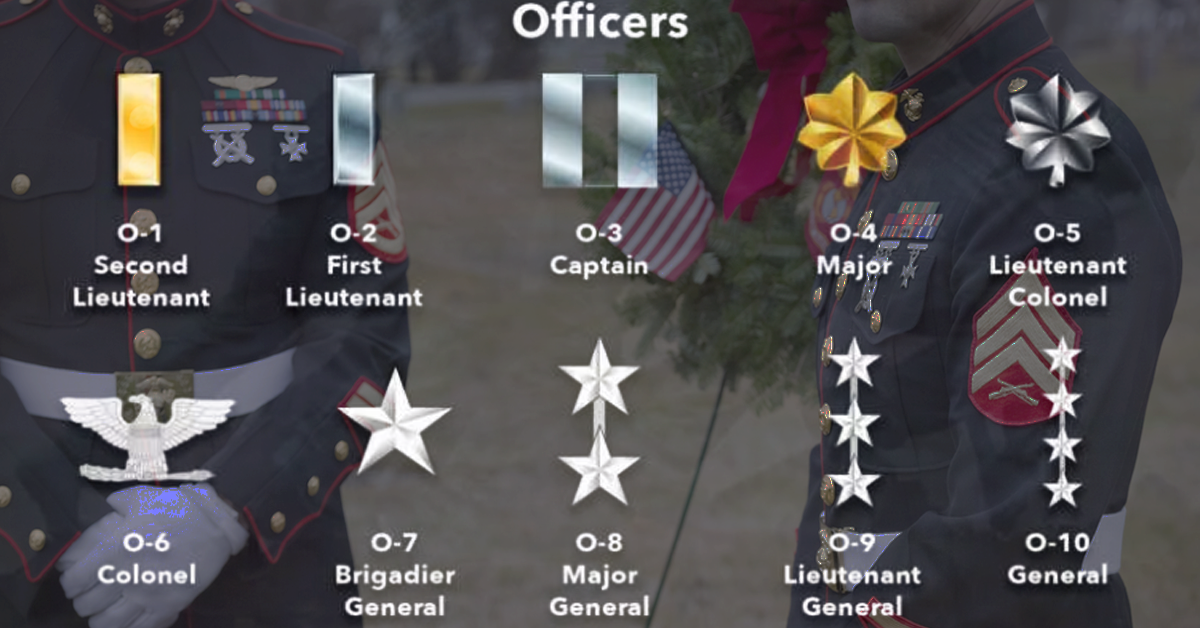The General Services Administration’s Center for Emerging Building Technology has opened a new facility at the Denver Federal Center in Colorado to host three pilot programs in support of the Biden administration’s goal of increasing the use of electric vehicles across the federal government.
GSA said Friday it is collaborating with the National Renewable Energy Laboratory, BEAM Global, Fermata Energy and WeaveGrid to plan three EV supply equipment pilots at the Applied Innovation Learning Laboratory.
The laboratory will provide a space for testing a renewable, transportable EV charging station from BEAM Global, a bi-directional EV charging equipment from Fermata Energy and an EV charge management platform from WeaveGrid.
The three EVSE technologies at the DFC will join six existing GPG pilots. Other DFC GPG projects include: a DC Microgrid, quad-pane windows, alternative water treatment for cooling towers, and circulator pumps with automated control.”
“Providing the space for practical, hands-on testing and demonstrations of charging station technologies is vital to accelerating the transition to an all-electric fleet and building a cleaner, healthier future for the country,” said GSA Administrator Robin Carnahan.


